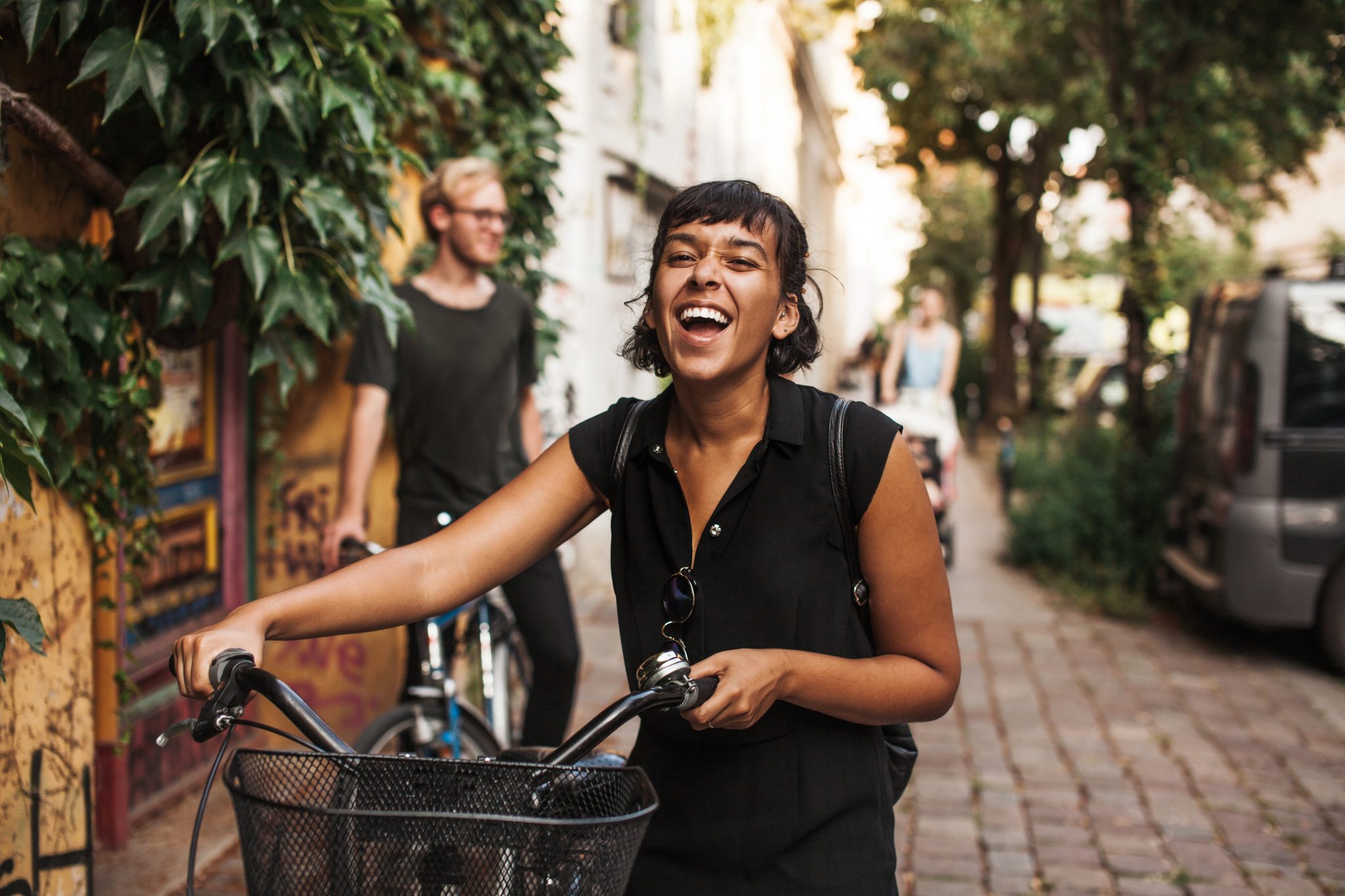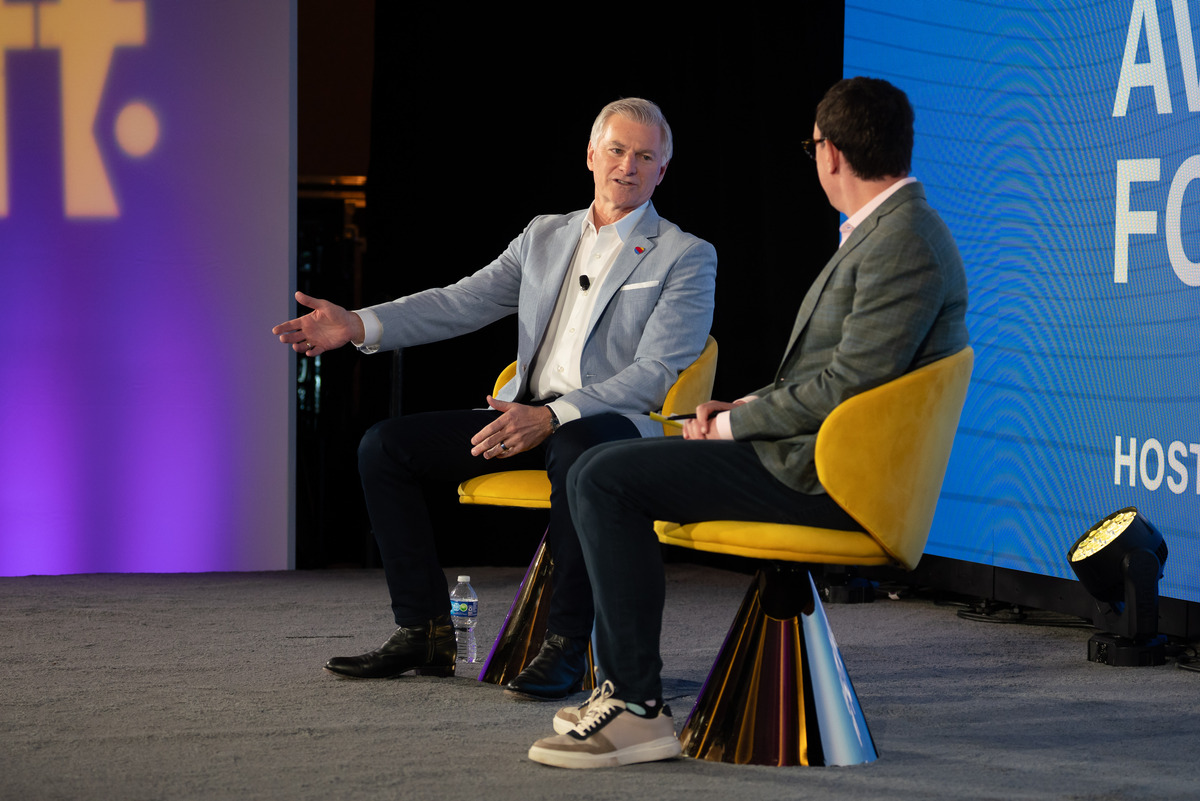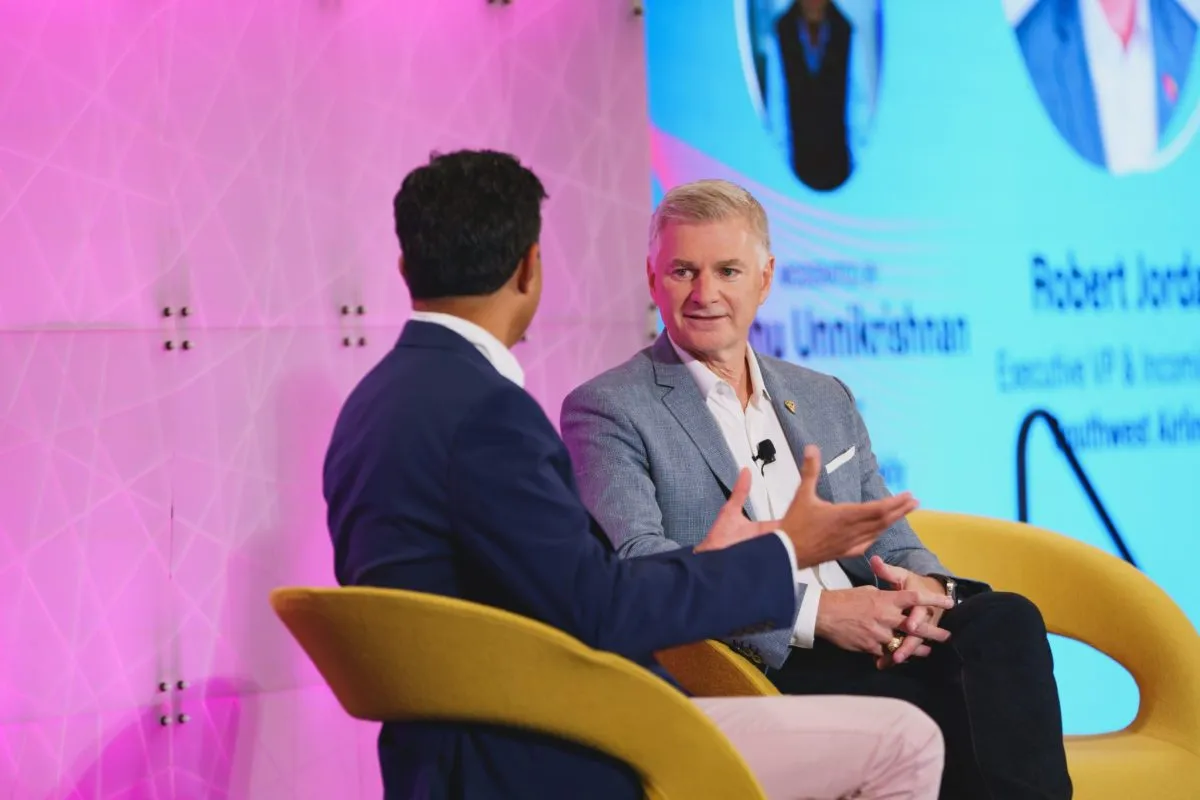5 Ways Travel Brands Can Inspire Discovery and Capture Demand Now

Skift Take
This sponsored content was created in collaboration with a Skift partner.
In the wake of the global pandemic, travel has finally started to recover in regions with low Covid-19 cases and high vaccination rates. But even as domestic leisure travel rebounds, only some consumers are comfortable booking trips and getting back out to explore the world. For others — even those who feel confident they’ll begin traveling again at some point in the future — making concrete decisions and committing to far-off itineraries is still too daunting.
This is particularly true in the United States, where more and more vaccinated people are returning or considering returning to their beloved travel routines. According to Skift’s March 2021 U.S. Travel Tracker, “Boosted by the strong economy and the vaccines, the pent-up demand might finally become real. Forty-five percent of Americans now expect to spend more on travel in the next 12 months … reaching the highest levels since last February.” This could be a sign of what’s to come as vaccination rates increase in the U.S. and around the world. As we settle into the new normal, it’s safe to assume that consumer behavior will remain in flux for the foreseeable future.
In light of this, travel brands need to prepare themselves for an unfamiliar and unusual purchase cycle. It will be crucial for travel brands to meet consumers where they are in the coming months, providing real-time options for travelers who are ready to book right now and facilitating discovery for those who are still looking for inspiration. Here, we outline five ways travel brands can better connect with consumers right now:
Get to Know Your Audience
To meet consumers where they are, you have to find them first. That’s why travel brands should take the time to consider the various traveler archetypes that make up your audience. Are the travelers you’re looking to connect with chomping at the bit to reconnect with family and friends? Or are they rescheduling past trips that were cancelled due to travel restrictions during the pandemic? Perhaps they are deal seekers who want to make the most of discounted rates, or bucket listers inspired to go big after missing travel over the past 18 months.
In addition to travel motivations, we also see different types of travel that people are pursuing. For example, a ‘workcation’ or ‘flexcation’ marked by a longer stay and a mix of remote work and exploring. And for those still wary of venturing far or wanting to avoid crowds, staycations might provide the right experience and still allow them to support hard-hit local businesses.
Building for each type of traveler will help you craft relevant and meaningful messaging for every consumer mindset. You can then experiment with different creative strategies to see what resonates most with your audience.
As Scott Drey, Creative Director at Facebook Creative Shop explained, “We’ve seen creative experimentation drive business outcomes. Now that people are returning to travel, motivations have changed. Some prioritize safety, while others just want their best trip ever. Intentional creative experimentation allows you to test and learn what creative is really resonating to ensure you deliver the right message.”
Embrace Serendipitous Booking, Discovery Commerce for Travel
Many advertising strategies cater to consumers who are already looking for your brand or seeking out the products or services you provide. But what about those who haven’t heard of your brand yet, or who haven’t considered your brand in a long time? That’s where serendipitous booking and discovery commerce comes in. Focusing on discovery helps create demand and expand your brand’s ability to reach a whole new audience, paving the way for your brand to connect powerfully with consumers, instead of hoping they’ll seek out your brand on their own.
One of the ways travel brands can see meaningful returns on discovery commerce investment is by targeting broad audiences, paired with advanced technologies like artificial intelligence and machine learning. That will help ensure that your ad creative reaches the right people at the right time, winning them over to your brand and converting them into customers.
Understanding the need to connect with travelers where they are, TravelNest switched their advertising strategy to utilize Facebook dynamic creative, which automates the creation and delivery of high-performing ads to audiences around the world. Using dynamic creative, the vacation-rental company decreased cost per website signup — their intended customer action — by 24 percent, reached consumers in 12 new countries, and increased their seven-day conversion rate by almost three times.
“Advanced advertising tools like machine learning and automation allow travel businesses to connect with unexpected audiences and introduce them to a new route, amazing hotel, or trip that feels tailor-made for them. For businesses, it’s the key to staying competitive; for the traveler, it feels joyful and serendipitous,” said Colleen Coulter, Head of Travel, Facebook.
Tap Into the Power of Video
Video has come to dominate the content space. Eighty-three percent of internet users watch online video content on their device, and video ads are the most popular way consumers discover brands that they later purchase from. As customers rely on their mobile devices to fuel their dreams of exploring the wider world again, travel brands can use video to capture their attention and engage their imaginations.
Video is an immersive and evocative creative format that elicits emotional responses from viewers. Travel brands that embrace video have the opportunity to spread awareness, increase consideration, drive conversions, and deepen loyalty.
The U.S. Travel Association’s Let’s Go There campaign, an industry wide effort to inspire travel planning and future booking, used video built for mobile on Facebook and Instagram to inspire Americans to take back time lost and reconnect through travel. Showcasing various destinations and ways to learn more, they drove a 3.2pt lift in intent to travel. As Laura Holmberg of the U.S. Travel Association shared, now is the opportunity for travel brands to make their “second first impression” and video is a great vehicle to do that.
Build a Strong Organic Presence
Developing a strong organic strategy is an important complement to paid advertising. Travel brands should share high-quality content that is unique and authentic to the audience. While many advertising strategies focus on pushing out messaging and converting consumers, building an organic presence shifts the focus to supporting and connecting with your community, wherever they gather.
Create Frictionless Experiences
Consumers are spending more time than ever before on their phones, a trend that also carries over to their purchase journeys, and travelers continue to turn to their mobile devices to search for and book travel. That’s why it’s critical for travel brands to develop mobile experiences that are simple, intuitive, and frictionless. Points of sale are a smart starting point — what if completing a purchase was as inspiring as discovering a new brand?
But it doesn’t need to end there. All customer interactions should be frictionless, and the easier it is for consumers to find and purchase what they need from your brand, the more satisfied they’ll be. For example, many consumers today expect to be able to use chat and messaging apps to get instantaneous responses from their favorite brands. Travel brands should leverage automated communication tools to manage conversations at scale and keep consumers from having to wait for service or support.
Although the travel industry is at the start of what is sure to be a long climb upward, the post-pandemic recovery is widely expected to be a journey of stops and starts. Fifty-one percent of Americans plan to travel more after getting the vaccine, according to Skift. But another 31 percent say they’ll wait until the pandemic is under control. Through the ups and downs of the months to come, travel brands that succeed in speaking directly to the ever-changing reality travelers are experiencing will have more success both inspiring discovery and capturing demand.
Looking for more ways to inspire discovery and capture demand with your travel brand? Check out Facebook’s travel webinar hub.
This content was created collaboratively by Facebook and Skift’s branded content studio, SkiftX.




